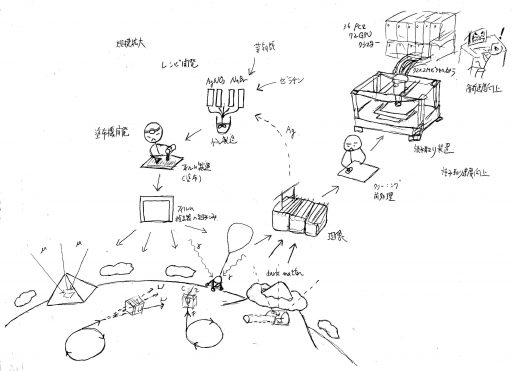Special Interview_Operating a complex system as if it were part of himself? High-precision on-campus production has established his research style that is unique in the world.
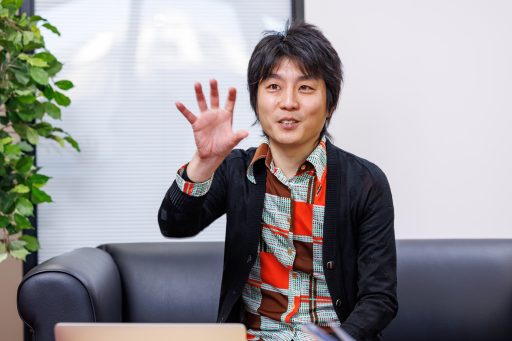
Hiroki ROKUJO (Ph.D)
Assistant Professor, Advanced Measurement Technology Center (AMTC), Institute of Materials and Systems for Sustainability / Fundamental Particle Physics Laboratory, Graduate School of Science, Nagoya University
——
Dr. Rokujo observes gamma rays with the originally developed nuclear emulsion technology in the Gamma-Ray Astro-Imager with Nuclear Emulsion (GRAINE) project he leads. He has also developed many of the elemental technologies and instruments necessary for the project.
——
Going on a photo-shooting trip with his handmade silver halide camera to an unexplored corner of the universe…
This is not a fairy tale or science fiction, but the imagery Dr. Rokujo has been passionately pursuing through his research since its beginning. Now that his experiments have reached a sufficient level of precision, he is getting close to exploring the frontiers of astronomy that no one has ever ventured into.
“We have been developing our own ideas, making mistakes, and moving forward one step at a time. Our circle of members has been expanding. Now is the time. Starting from scratch, we have been improving our research across the board.”
Dr. Rokujo’s research dates back to around 2007, when he was an undergraduate student. He operated equipment to observe particles (such as alpha rays, beta rays, and muons, which are invisible to the naked eye but are flying around us all the time) for the first time as part of his in-class experiment and felt firsthand the existence of cosmic rays, particles penetrating the building and raining down on his class. “It was a total shock,” he says, looking back.
“Besides, they reach here all the way from outer space. I said to myself, ‘What in the world is going on?’”
The next questions he asked were where they came from and how they could be observed. As he researched, his attention was drawn to gamma rays, a type of light. There are various types of light, including the visible light that we see daily and X-rays used for X-ray photography. Of these, gamma rays have the highest level of energy and this means that tracking gamma rays can lead to information on high-energy celestial objects, such as black holes. Just when Dr. Rokujo was becoming increasingly interested in this subject, the Fermi Gamma-ray Space Telescope, a satellite designed to observe gamma rays, was launched in 2008. Its numerous reports carrying new information on high-energy celestial objects scattered around the vast universe fascinated him.
One major obstacle to gamma ray observation is low resolution. He wondered if he could find a brand-new way to observe gamma rays that would completely break away from the conventional approach. This is how his career as a researcher began.
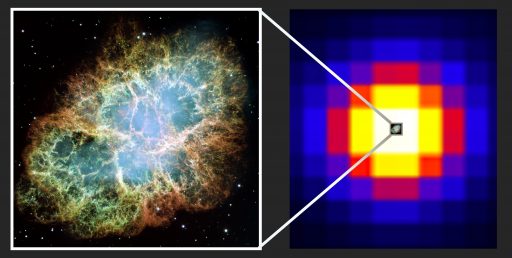
(1)A. A. Abdo et al. (2010). Fermi Large Area Telescope Observations of the Crab Pulsar And Nebula. Astrophysical Journal, 708: 1254
● In the forefront of technology with the age-old craftsmanship of silver halide camera
“Our technology has the potential of realizing experiments that have never been possible in the previous big projects.”
Dr. Rokujo has set his eyes on nuclear emulsion film or, simply put, silver halide film. It is a plastic film coated on both sides with an emulsion mainly consisting of gelatin and silver bromide (AgBr). Electricity-charged cosmic rays react upon striking silver bromide crystals, leaving traces, which can then be recorded.
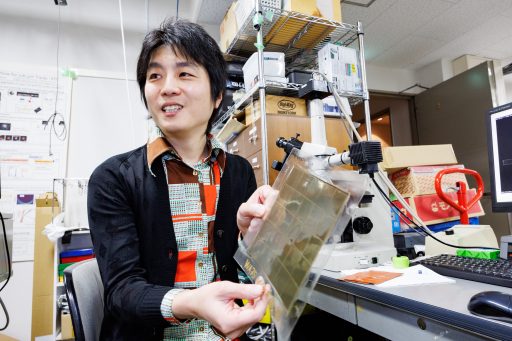
One difference between nuclear emulsion and ordinary silver halide films is that the former has an added thickness due to the coated emulsion layers. Although it is thin, approximately 0.05 mm on each side, it is thick enough to record the trajectory of a particle about 1 micrometer (0.001 mm) or less in width. The thickness makes it possible to capture the trajectory of a particle three-dimensionally, enabling scientists to accurately read from which direction the particle came, and this is a major feature not found in other technologies.
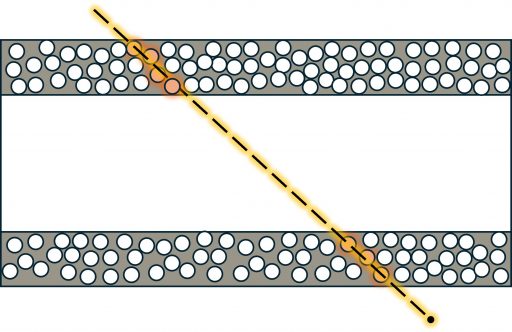
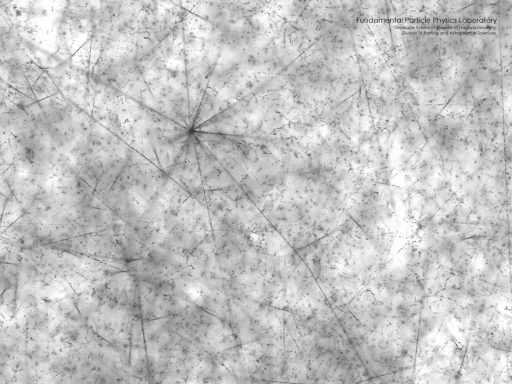
Previously, researchers manually copied trajectories left on nuclear emulsion films in a highly labor-intensive manner while looking at them through a microscope. In the 1990s, digital cameras appeared and automated this process, greatly expanding the use of nuclear emulsion films. At the same time, however, the rapid development and spread of digital cameras also proved to be an unexpected blow: the companies that developed and manufactured silver halide film have been withdrawing one after another from the film manufacturing business. As a result, nuclear emulsion films indispensable for experiments are no longer available. This is how Prof. Mitsuhiro Nakamura (retired in March 2024, now Professor Emeritus), who took over the leadership of the laboratory in 2010, decided on on-campus production of nuclear emulsion film from scratch.
One major challenge involved in this production was making the emulsion agent mainly composed of silver bromide and gelatin. Although it may sound simple, it was not easy to realize stable high-quality production. This challenge was overcome thanks to cooperation from researchers of a company that was conducting R&D on film at that time. They generously offered assistance to the laboratory, breathing new life into the knowledge and technology that were about to be lost amid changes of the times.
“They were excellent researchers responsible for the company’s sizable share in the global market. Their knowledge and enthusiasm were outstanding, and they were willing to share with us, regardless of our inexperience.”
By combining various techniques such as the precise addition of silver ions and bromide ions, accurate temperature control, and careful stirring, the laboratory successfully manufactured an emulsion. As a result, Nagoya University has become the only research institution in the world capable of developing nuclear emulsion films.
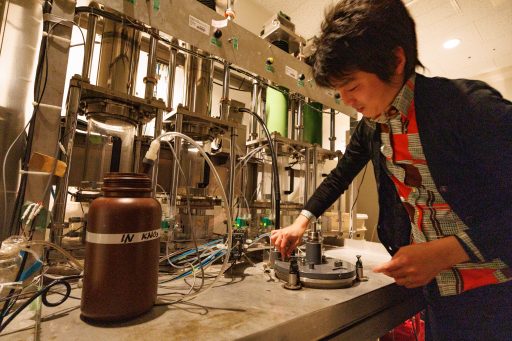
This system has made it possible to regulate with precision nuclear emulsion films, the key component of experiments, according to desired conditions. For example, the one developed by Dr. Rokujo for gamma-ray observation is characterized by 0.075-mm-thick emulsion layers, that is, thicker than usual, achieved with the use of a thickening agent. This thickness is necessary because gamma rays can pass through an emulsion layer without reaction if it is too thin, but too thick a layer is difficult to develop. Many other factors are taken into consideration, and adjustments are made with precision.
The on-campus production of nuclear emulsion films has been a great success. Soon the laboratory began receiving an increasing number of inquiries, and a mass production system was called for. The laboratory responded by developing and operating equipment for emulsion production and film coating with a capacity 30 times the original system. Dr. Rokujo has directed these developments.
“I make sure to operate the system in the laboratory while knowing who is doing what in each process. This way it is easy to figure it out when a problem or failure occurs.”
Dr. Rokujo can operate the system as if it were part of himself because it is original technology developed with the utmost care step by step. He has thus developed a research style that is unique in the world.
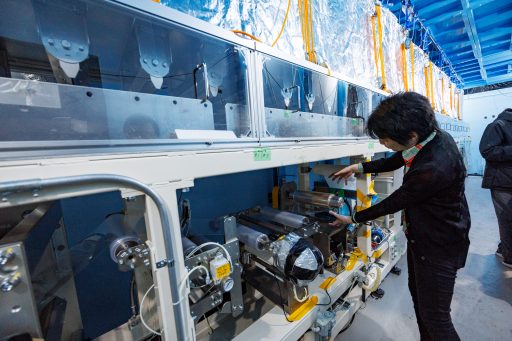
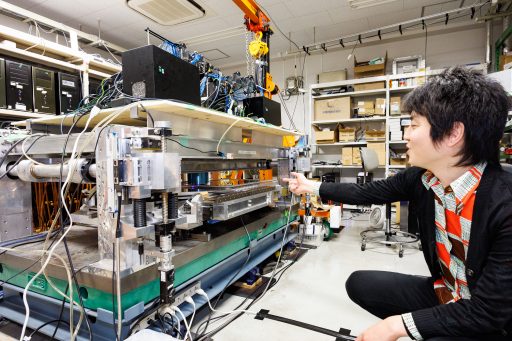
● Skyward with everyone’s dreams
Dr. Rokujo has been participating in the Gamma-Ray Astro-Imager with Nuclear Emulsion project (GRAINE), a research project for precision gamma-ray observation since his student days, and it also represents his current pivotal research theme.
“I have been developing all sorts of things to realize gamma-ray observation.”
Gamma rays do not reach the ground on Earth because they are blocked by the atmosphere. So a balloon comes into the picture. A balloon carries nuclear emulsion films to an altitude of about 35 km above ground, where the atmosphere is thin, and flies horizontally for one to two days while gamma ray traces are recorded. The balloon is dropped once sufficient data are accumulated. The balloon launch site is located in Alice Springs in the Northern Territory in Australia. The vast plains in this area enable the balloon to be retrieved on land after dropping.
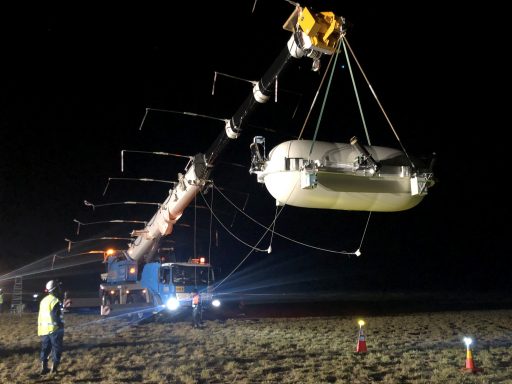
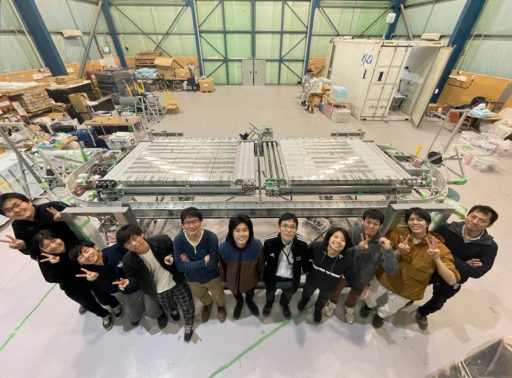
At 6:32 a.m. local time on April 30, 2023, a balloon packed with cutting-edge technologies was released. (The front cover of this issue features a photo of the balloon immediately after the release.) At 15:30 p.m. local time on May 1 of the same year, the gondola was safely recovered at the drop site. The nuclear emulsion films were sent to Japan, and the reading and analysis of gamma ray traces are currently being performed.
Within the framework of the GRAINE project, a balloon experiment has been conducted in 2011, 2015, 2018, and 2023. The 2018 experiment, which was about one-sixth the size of the latest experiment, was already successful in its observation of celestial objects, achieving a much higher resolution than that of the Fermi Gamma-ray Space Telescope.(2) Even greater achievements are expected from the analysis of the 2023 experiment results currently underway.
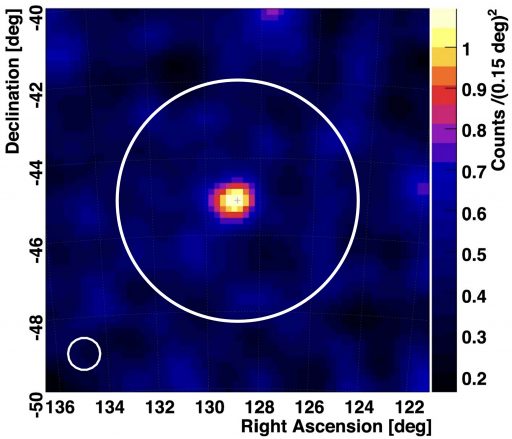
(2)S. Takahashi et al. (2024). First Emulsion γ-Ray Telescope Imaging of the Vela Pulsar by the GRAINE 2018 Balloon-borne Experiment. Astrophysical Journal, 960: 47
● “F-Lab” on the world map of research
Dr. Rokujo belongs to the Fundamental Particle Physics Laboratory, which is commonly known as “F-Lab.” Its members form a solid team that contributes to research projects around the world using nuclear emulsion films. They are now used not only for gamma ray observation in the GRAINE project but also in a wide range of applications, including the observation of neutrinos, dark matter, and the interior of pyramids.
“Research using nuclear emulsion films is diversifying. The number of presentations at the Physical Society of Japan relating to nuclear emulsion films has tripled in the last decade. We are determined to continue exploring new observation possibilities that nobody has done before.”
